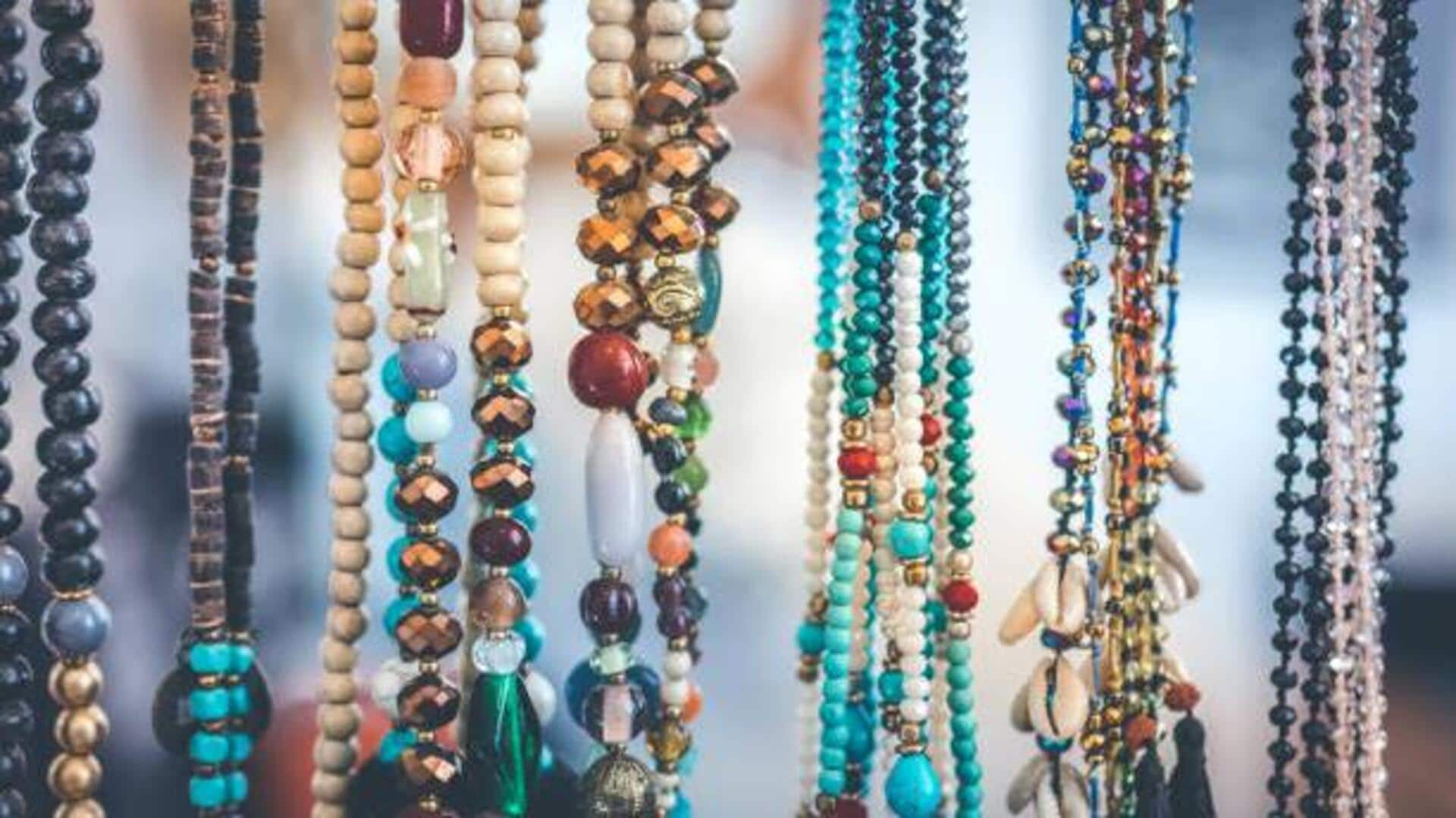
How to make eco-friendly jewelry
What's the story
Crafting affordable African jewelry using sustainable materials is an innovative blend of traditional artistry and environmental consciousness. This practice not only preserves cultural heritage but also promotes eco-friendly methods. Using locally sourced and recycled materials, artisans can create unique pieces that are both beautiful and sustainable. Here are a few insights into crafting such jewelry, along with some practical tips for the creative souls.
Tip 1
Utilize recycled materials
Recycling is an essential part of sustainable jewelry making. By repurposing materials such as glass beads, metal scraps, and old fabrics, artisans can minimize waste while creating stunning pieces. These recycled elements not only add an element of character to the jewelry but also often come at a lower cost than new materials. Embracing recycling not only supports the environment but also enables more affordable production.
Tip 2
Source locally available resources
Using resources available locally minimizes transportation costs and helps support local economies. Seeds, shells, and natural fibers are often abundantly available in many parts of Africa. These can be transformed into stunning jewelry components using traditional techniques. By sourcing locally, you ensure the jewelry remains affordable while still retaining its cultural authenticity.
Tip 3
Incorporate natural dyes
Natural dyes also make an eco-friendly alternative to synthetic coloring agents in jewelry making. Sourced from plants, fruits, and other organic sources, these dyes give vibrant hues without the use of harmful chemicals. Artisans can also experiment with different natural dyes to achieve unique color palettes for their creations. This practice not only enhances the aesthetic appeal of the jewelry but also aligns with sustainable principles.
Tip 4
Embrace traditional techniques
Traditional techniques are also important to create authentic African jewelry in a sustainable way. Techniques like bead weaving, carving, metalwork, etc. are passed down through generations and require little modern technology or energy consumption. By adopting these techniques, artisans preserve cultural heritage while minimizing their impact on the environment.
Tip 5
Educate consumers on sustainability
Educating consumers about the benefits of sustainable practices is key to promoting eco-friendly products like African jewelry made from sustainable materials. Informing how these pieces are crafted helps buyers appreciate them for more than just the looks. Promoting features like reduced environmental impact or support for local communities cultivates greater appreciation among consumers who are looking for meaningful purchases aligned to ethics.